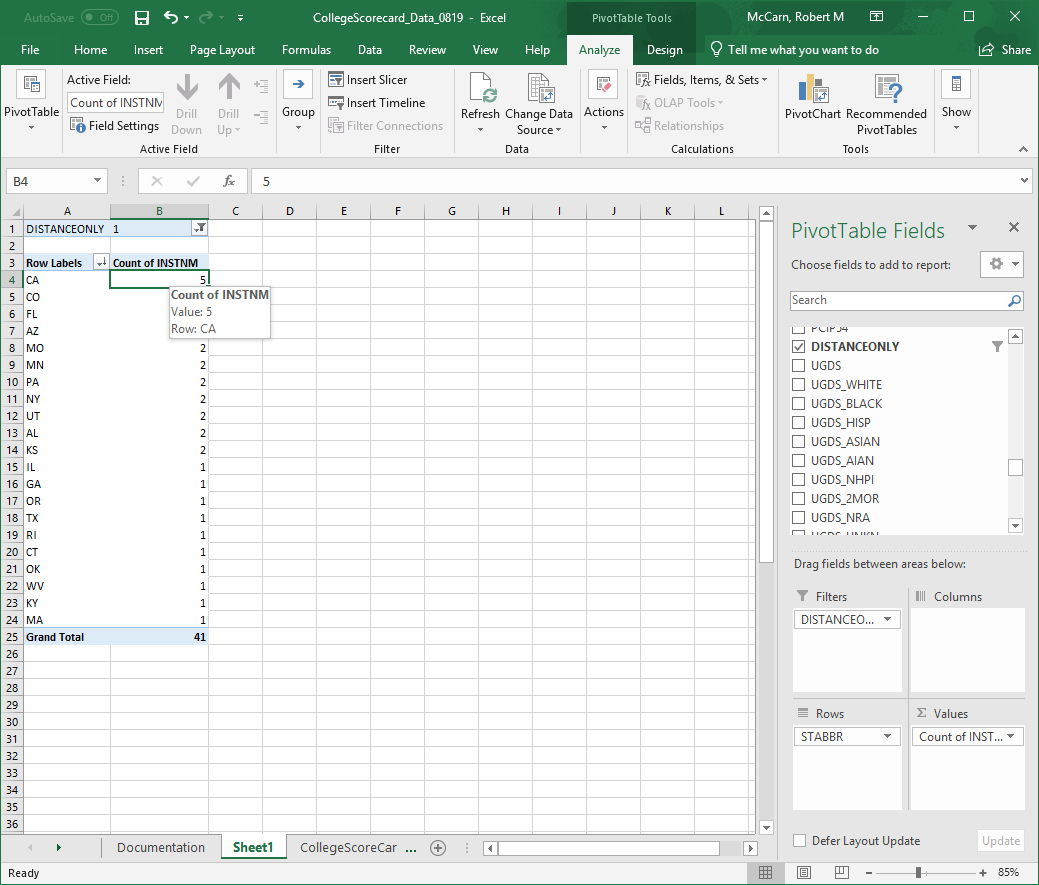
#1 click any cell inside the “ Sum of Cost” column, then click “ Value Field Settings…” To change the type of calculation that you want to use to summarize data from the selected field, just following the below steps: #3 the results of “ sum of Cost” will be sort.īy default, Excel will summarizes value field by summing the items. #2 the window of “ Value Field Settings” will appear. #3 choose one type of calculation you want to use under “ Summarize Values By” Tab.
#CHANGE GRANDTOTAL LAYOUT ON PIVOT TABLE IN EXCEL 2017 HOW TO#
The following steps will guide you how to create a two dimensional pivot table: Two-dimensional Pivot table can be created by dragging a field to the Rows area and Columns area. #1 insert a pivot table, then drag “ Product” field to the Filters area, “ Team” field to the Row area, “ Quarter” field to the Columns area and “ Cost” field to the Values area in the “ PivotTable Fields” dashboard.In this tutorial you will learn what a PivotTable is, find a number of examples showing how to create and use pivot tables in Excel 2019, 2016, 2013, 20.

#Change grandtotal layout on pivot table in excel 2017 how to If you are working with large data sets in Excel, pivot table comes in really handy as a quick way to make an interactive summary from many records. Summarize data by categories and subcategories.Present large amounts of data in a user-friendly way.This rotation or pivoting gave the feature its name.Īn Excel PivotTable is a tool to explore and summarize large amounts of data, analyze related totals and present summary reports designed to: Among other things, it can automatically sort and filter different subsets of data, count totals, calculate average as well as create cross tabulations.Īnother benefit of using pivot tables is that you can set up and change the structure of your summary table simply by dragging and dropping the source table's columns. Filter, group, sort and conditionally format different subsets of data so that you can focus on the most relevant information.Rotate rows to columns or columns to rows (which is called "pivoting") to view different summaries of the source data.




 0 kommentar(er)
0 kommentar(er)
